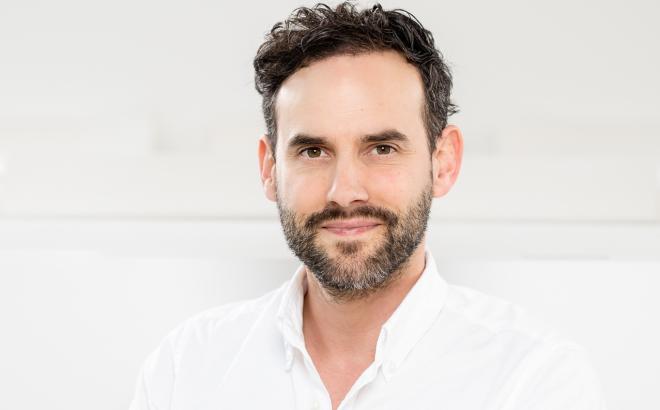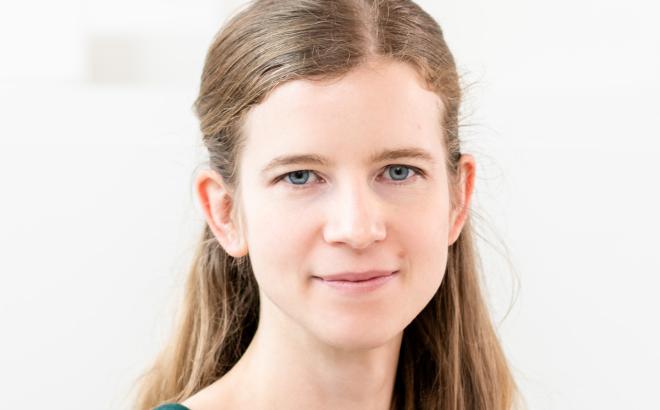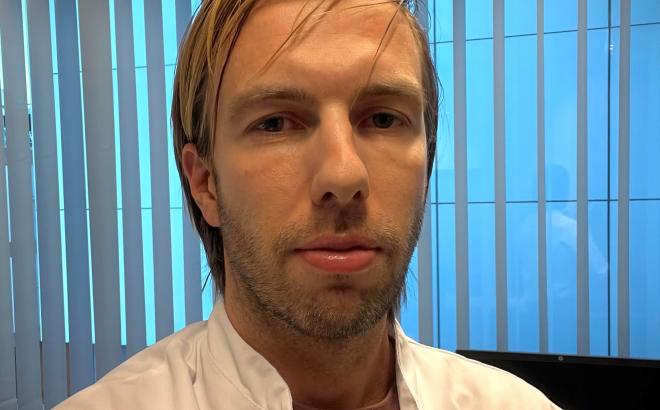Andreas Reisinger, Biomechanist
What Happens When a Bone Breaks?
Bones are made of an exceptional material. They withstand the various types of loads to which the human body is subjected when running, climbing or throwing a ball and enables it to continue executing this diversity of movements, in many cases for 70 years and more. “This is unusual from a technician’s viewpoint; machines are typically designed for a service life of 30 years,“ Andreas Reisinger states, drawing an interesting comparison. In addition, bones are a type of living matter that can adapt to recurring loads and heal injuries. Reisinger is ideally qualified to compare technical and biological systems. After studying mechanical engineering, he earned his PhD in the micromechanics of bone material at the Institute for Lightweight Design and Structural Biomechanics at the Technical University (TU) of Vienna. At Liebherr Transportation Systems, an industrial corporation, he was in charge of stress calculations on the materials used there. But having once been captivated by research, he was drawn back into that environment. “When writing my dissertation, I got to know what it is like to immerse myself in a problem for months and be at the very forefront of knowledge generation,” Reisinger passionately explains. He headed a laboratory at the TU of Vienna. In 2017, Dieter Pahr, one of his doctorate supervisors, offered him a post-doc position at the Karl Landsteiner University of Health Sciences, one of the key pillars of the Technopol in Krems. His job is to establish the Biomechanics Division from scratch, recruit staff and acquire research projects.
An important part of his job deals with training. He lectures student doctors in mathematics and information science and introduces them to biomechanical aspects in medical fields. “It is important to us that students learn to assess the forces that act on our leg when we stand on it,“ Reisinger explains. The group gains knowledge from their own research work. Describing the team’s primary research interest, Reisinger explains that “we want to improve our understanding of what happens when a bone breaks”. This is particularly relevant when the structure of the bone material changes, as is the case in osteoporosis patients whose bones are more likely to break. As is always the case in natural sciences, observing nature is the starting point. “We receive bone samples from body donors. Under defined test conditions, we measure the forces that act under specified conditions and the point at which bones break,” Reisinger explains. At the same time, the bone material is examined with imaging methods. These data are used to calibrate computer models which, in turn, are used to predict the bone strength of patients based on their CT images.
As well as supervising PhD students, Reisinger also works on his own special subject: “I focus on the bone screws that are used to fix implants to bones.” These screws occasionally snap, making reparative surgery necessary and causing extreme distress to patients. “Our aim is to be able to predict before the actual surgery whether or not a screw will hold at a specific spot based on CT or x-ray images,” Reisinger explains. The most difficult aspect is to correctly assess the likely loads. “Many muscles are linked to a single bone and the forces that act locally upon it have yet to be thoroughly investigated.”
Link zum Forschungsportal KRIS





